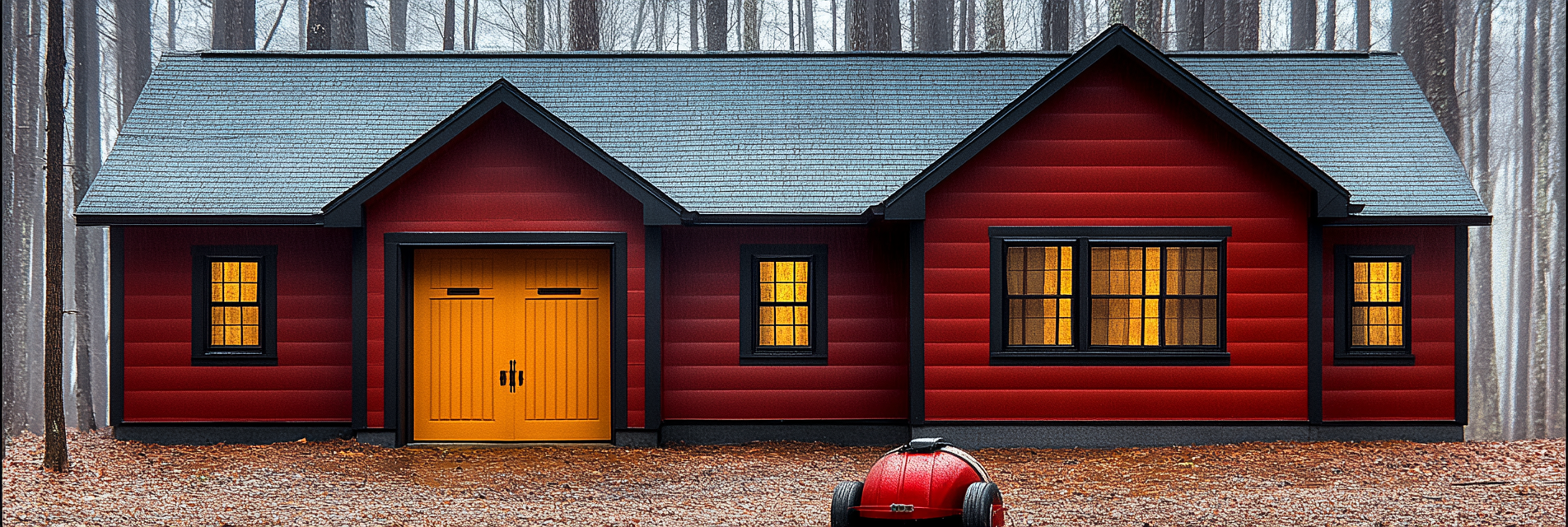Teaching children about fire safety is essential for ensuring they know what to do in an emergency. A well-thought-out fire safety plan helps kids understand how to react and evacuate safely while reducing fear and confusion. This article provides strategies for teaching fire safety to kids, tips for making it engaging, and key steps for creating a practical home fire safety plan.
1. The Importance of Fire Safety Education for Kids
Children may not instinctively know how to respond during a fire, making early education crucial. Fire safety training can empower them to stay calm, follow instructions, and exit the house safely.
Use Case Scenario: During a fire, a child who has practiced the fire safety plan knows to get low, avoid inhaling smoke, and meet their family at the designated safe spot outside.
2. Teaching Basic Fire Safety Rules
Start by teaching kids simple fire safety rules:
- Stop, Drop, and Roll: Practice this technique so kids know how to extinguish flames on their clothing.
- Stay Low and Go: Teach kids to crawl low to the ground to avoid smoke inhalation.
- Don’t Hide, Go Outside: Reinforce the importance of leaving the house quickly and not hiding under beds or in closets.
Fun Tip: Turn these lessons into interactive games to keep children engaged. Use role-playing scenarios where kids practice “escaping” from different rooms.
3. Creating a Family Fire Escape Plan
A comprehensive escape plan ensures everyone knows how to exit the home safely:
- Draw a Map: Create a simple map of your home, showing all windows, doors, and escape routes. Use colorful markers or stickers to make it fun.
- Designate Two Exits: Identify at least two exits from every room, such as a door and a window.
- Pick a Meeting Spot: Choose an easily recognizable spot outside, such as a tree or mailbox, where everyone can meet after evacuating.
Product Tip: Use glow-in-the-dark escape route stickers to mark exit paths clearly for nighttime visibility.
4. Practicing Fire Drills
Regular fire drills help kids build muscle memory and reduce panic in real emergencies:
- Make It a Game: Time how long it takes for kids to exit the house and reach the meeting spot. Celebrate their “escape time” to make it a positive experience.
- Simulate Different Scenarios: Practice drills at different times of the day and block some exits to teach kids how to adapt their escape plan.
- Incorporate Realism: Use safe, non-toxic fog machines to simulate smoke and make the drill more realistic.
Use Case Scenario: During a nighttime drill, the family practices exiting in the dark using LED emergency lights and following the glow-in-the-dark stickers to reach the meeting spot.
5. Teaching Kids How to Call for Help
It’s vital that kids know how to call 911 once they’re safe:
- Learn Key Information: Teach kids to memorize their home address and phone number so they can communicate with emergency services.
- Role-Playing: Practice making pretend calls to 911, so kids understand what to say during an emergency.
6. Installing and Demonstrating Safety Equipment
Familiarize kids with the sound and function of safety equipment:
- Smoke and CO Detectors: Let kids hear what the alarms sound like so they aren’t scared or confused by the noise. Explain what each type of alarm indicates.
- Fire Extinguishers: Show kids what a fire extinguisher looks like and how adults use it. Emphasize that their job is to get out and let adults handle extinguishing small fires.
Interactive Tip: Have older children help test smoke and CO detectors during routine maintenance to involve them in the process.
7. Emergency Kits for Kids
Create personalized emergency kits that kids can grab on their way out:
- Comfort Items: Include a small toy or blanket to provide comfort during stressful times.
- Flashlight and Glow Sticks: Add a child-friendly flashlight or glow sticks to help them navigate in the dark.
- Contact Information: Keep a card with key contact numbers in their kit.
Product Tip: Choose an easy-to-carry bag like the Skip Hop Toddler Backpack to make emergency kits fun and kid-friendly.
8. Reinforcing Fire Safety Lessons
Repetition helps kids retain information:
- Fire Safety Books and Videos: Use age-appropriate books like “No Dragons for Tea: Fire Safety for Kids” or watch fire safety videos to reinforce lessons.
- Songs and Rhymes: Create or use fire safety songs that kids can sing to remember important rules.
- Firehouse Visits: Arrange a visit to your local fire station so kids can learn about fire safety from firefighters and see the equipment up close.
9. Special Considerations for Young Children
Tailor your fire safety approach to suit different age groups:
- Preschoolers: Focus on simple instructions like “get outside fast” and basic rules such as stop, drop, and roll.
- School-Aged Kids: Teach more detailed aspects of the escape plan and involve them in creating the family fire map.
- Kids with Special Needs: Adapt the plan based on mobility or communication challenges and ensure caregivers are familiar with their role during an emergency.
10. Encouraging Family Involvement
Fire safety is a family effort:
- Involve Everyone: Make sure grandparents, babysitters, and other caretakers are aware of the family fire safety plan.
- Practice Together: Hold family-wide fire drills and encourage everyone to participate, ensuring the plan works for all members, including pets.
Conclusion
Teaching kids about fire safety doesn’t have to be daunting; it can be fun, engaging, and effective. By making fire safety education a regular part of your home routine, you empower children to respond calmly and confidently in an emergency. Remember to review these basic rules regularly to help reinforce them to your children over time. Paul Lindberg’s Dryer Fire Fighters emphasizes that a well-prepared family is a safe family, and that starts with educating even the youngest members about fire safety.
Serving the communities of:
Kennewick | Pasco | Richland | West Richland | Finley | Burbank | Benton City | Prosser | Grandview | Connell
As the sole certified dryer exhaust technician recognized by CSIA.org in the Tri-Cities area, Paul brings a wealth of expertise to fire prevention. His primary focus lies in addressing the root cause of many residential fires: lint buildup in dryer cavities and vents. Through rigorous inspections and thorough cleanings, Paul ensures that families and businesses can enjoy peace of mind, knowing their properties are safeguarded against fire risks.









































